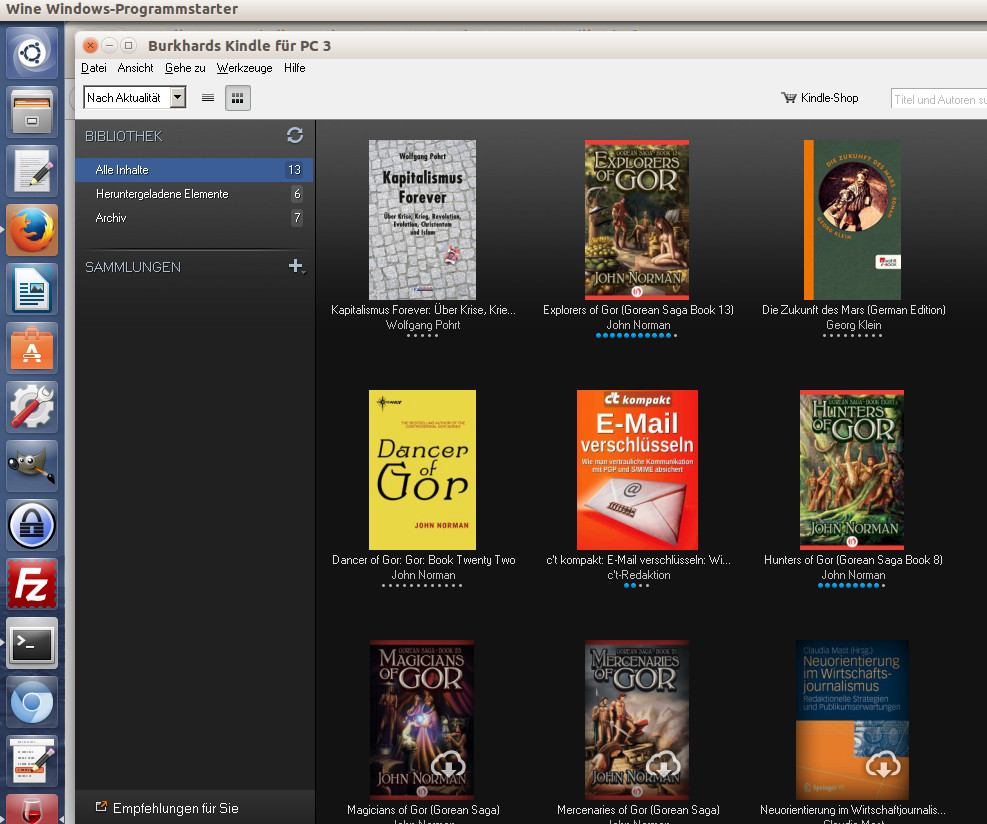

The next thing we want to do is use udevadm to collect some useful information about the device which we can do by the following command (I have chosen to pipe the output to a file called kindle in the home dir, because the output was pretty big. Write down where it’s found in /dev/ and then you can clean up those two files you previously made: rm ~/dev1 | rm ~/dev2 The folder I am looking for is the sdb1, this is where the mass storage device is found.

The output for mine ( show in the image below) shows that 3 things changed when I plugged in the Kindle, sdb, sdb1 and sg2 directorys were added (shown by the > sign to the left). The difference between the two files will show what has changed in the /dev/ directory: sdiff ~/dev1 ~/dev2 Now plug the Kindle in and redo the command, changing the destination output: ls /dev/ > ~/dev2 We’ll need to find out where the device is mounted in /dev/ which can be a little tricky because this folder is pretty full.Īn easier way to do this is to first, without the Kindle plugged in do the following command (list the directory and pipe the output to a file called dev1 in the home dir): ls /dev/ > ~/dev1 Setting up udev rules to run a script when the Kindle is plugged in.įirstly, we need to find some parameters of the Kindle which are unique to it so that udev can identify that it is the Kindle being plugged in and not another USB mass storage device. I found myself wanting to be able to automatically synchronize it with a folder on my desktop when it was plugged in and found no one else had posted online how to do this, so I began researching into udev and rsync to get something working. For Christmas I got a Kindle 3 and it was instantly filled with Free eBooks () and research papers (PDFs).


 0 kommentar(er)
0 kommentar(er)
